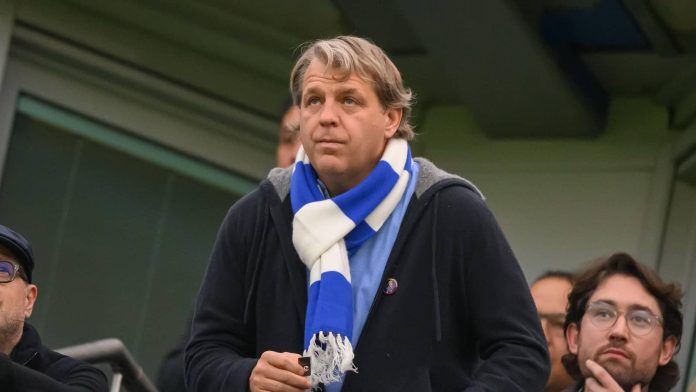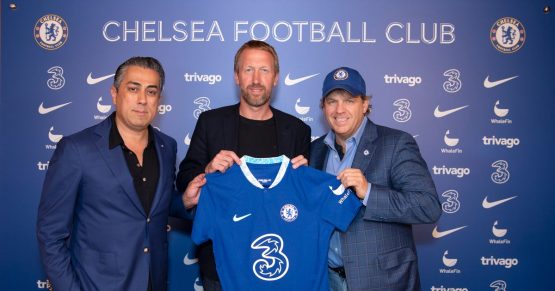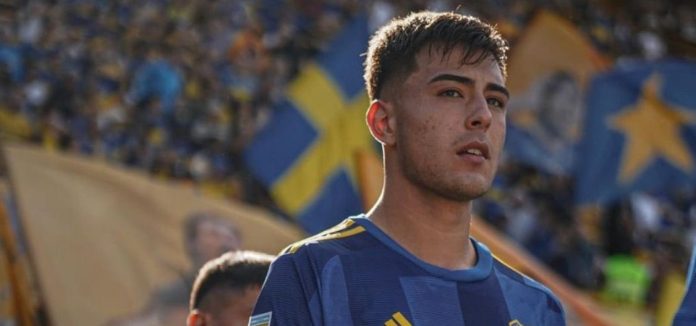Since heading up a monumental £4.25bn takeover in May 2022, Chelsea owner Todd Boehly has not shied away from ushering in a new era at Stamford Bridge, injecting over £400m worth of transfers following the Mykhailo Mudryk deal last week.
There is undoubtedly a clear direction at Chelsea under Boehly, who has been keen to build a knowledgeable hierarchy – this most recently saw former RB Leipzig technical director Christopher Vivell added to the ranks, who became the first person to take up the role since Michael Emenalo’s resignation in 2017.
With this comes a new era and a fresh transfer policy; no longer are the Blues frivolous spenders on the biggest and best players in world football, they are instead choosing to inject an exuberant amount of money in the next generation.
While their business since Boehly’s arrival has been boisterous and bullish, comparisons with Premier League leaders Arsenal have inevitably been made with the Gunners opting for a similar pathway. Mikel Arteta and sporting director Edu have been far more subtle and cautious in their pursuits however, adding the likes of Gabriel Martinelli, Martin Odegaard and Oleksandr Zinchenko for a total combined fee of £70m.
Comparatively, Chelsea have splashed more than that alone on injury-stricken Wesley Fofana (£75m) and Mykhailo Mudryk (£88.5m), who has played little over 40 professional games in his native Ukraine.
Chelsea aren’t messing around 😳✍️ pic.twitter.com/xKrBYZHXd1
— 433 (@433) January 16, 2023
Elsewhere, Marc Cucurella at £60m is perceived to be a slightly inflated price tag given his involvement so far, while the £10m , six-month loan fee for Joao Felix, in which they will pay his £250,000-a-week wage in full, is another eyebrow-raising example of the club’s heavy-handedness in the transfer market.
And so, with 15 new players arriving in West London since the American took over just eight months ago, it begs the question, how are they in keeping with Financial Fair Play (FFP)?
High-Risk, Long-Term Contracts
Those keeping a close eye on Chelsea’s latest acquisitions may have noticed an emerging pattern of long-term contracts.
Marc Cucurella, Cesare Casadei and Carney Chukwuemeka were signed on for six years, Wesley Fofana and Loic Badiashile for seven, and most recently Mykhailo Mudryk, who was handed one of the biggest contracts in recent memory which will keep him at Stamford Bridge for eight and a half years.
The strategy behind these contracts appears to be spreading the cost over the deal’s duration, so dividing the fee over six or seven years allows them to bypass FFP regulations at this moment in time. Essentially, they are willing to push to get to a certain level, and hope their revenue from winning trophies and qualifying for the Champions League can offset FFP in the years to come.
The club are seemingly prepared to place the lion’s share of their faith in this new wave of generational talent, and handing them sizeable contracts will not only give the players room to breathe and grow with fellow newcomer Graham Potter, but it may also help to ward off other clubs who will be deterred by contract lengths and inflated release clauses.
However, there are several potential stumbling blocks in this plan for the future.
The first, and one that could be more immediate than any other, is the club’s current performances. 10th in the Premier League and 10 points off Champions League qualification could spell danger for their revenue. It is no secret that elite European football translates to money, which is why it is so highly sought after for club owners.
Even if they qualify for the Europa League, the disparity in terms income stands at about £4.50 in the Champions League for every £1 in the second tier of European football.
Furthermore, new UEFA financial and sustainability regulations come into play in the summer. For the first time clubs will be subject to cost controls, which includes everything from agent fees and transfers, to player and coach wages.
Although this will be a gradual implementation at first with 90% of a club’s revenue in 2023/2024, it will reach 70% in 2025/2026. These new rulings will, as UEFA have outline, help to encourage “more performance-related costs and limit the market inflation of wages and transfer costs of players.”
These new regulations, coupled with a huge potential loss in revenue from European football if their performances don’t improve, could start to lean on their long-term contract strategy in the near future.
Related Football Content
- Football Betting Tips 2023 – Latest Picks & Football Tips
- Football Predictions January 2023
- Football Accumulator Tips 2023 – Latest Acca Betting Tips
- Best Correct Score Tipsters on Telegram & Social Media 2023
Add Sportslens to your Google News Feed!








